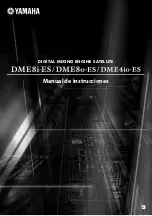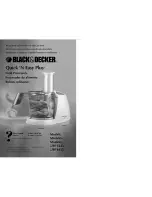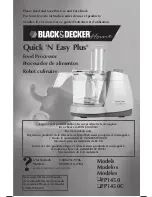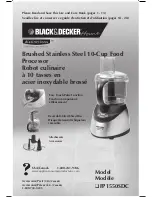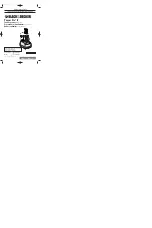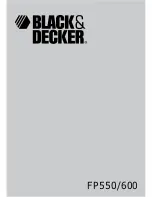
Hercules-EBX CPU User Manual V1.02
Page 85
The table on the next page describes the board’s behavior for each of the 4 possible cases of
AINTE and SCANEN. The given interrupt software behavior describes the operation of the
Diamond Systems Universal Driver software. If you write your own software or interrupt routine
you should conform to the described behavior for optimum results.
12.4 Hercules-EBX A/D Operating Modes
The following control bits and values are referenced in the descriptions in the table below.
LOW
Page 0: Base + 2 (5-bit number, 0-31)
HIGH
Page 0: Base + 3 (5-bit number, 0-31)
WAIT
Page 0: Base + 4, bit 6
ADBUSY
Page 0: Base + 4, bit 7
FIFO threshold
Page 0: Base + 8 (LSB), Base + 9 (MSB)
CLKEN
Page 0: Base +13, bit 0
CLKSEL
Page 0: Base +13, bit 1
SCANEN
Page 0: Base + 13 bit 2
AINTE
Page 0: Base + 13 bit 4
ADSTS
signal from A/D Converter (called “BUSY” at A/D output)
There are 8 cases to consider for A/D conversions using FIFOEN, SCANEN, and AINTE.
In all cases, at the end of an AD conversion A/D data is latched into the FIFO. Data is read out of
the FIFO with 2 read operations, nominally from Base+ 0 and Base + 1. However reading from
either address will result in the same byte being read from the FIFO, so the program can actually
perform 2 reads from the same address to get the A/D data. For all cases where AINTE = 1,
CLKEN must also be set to 1.
































